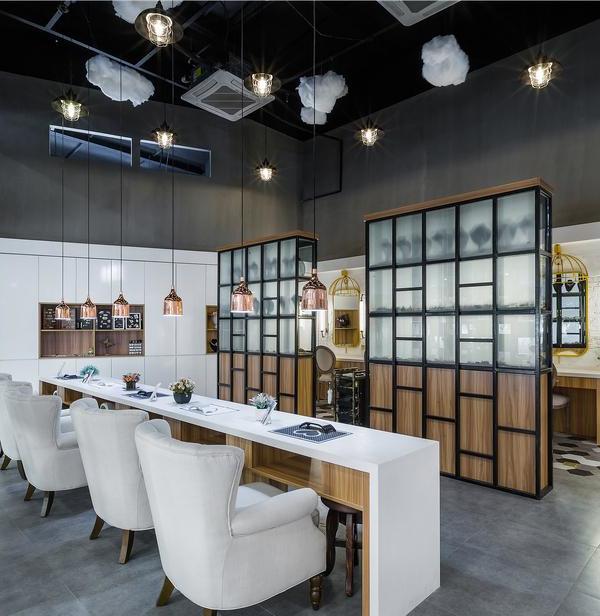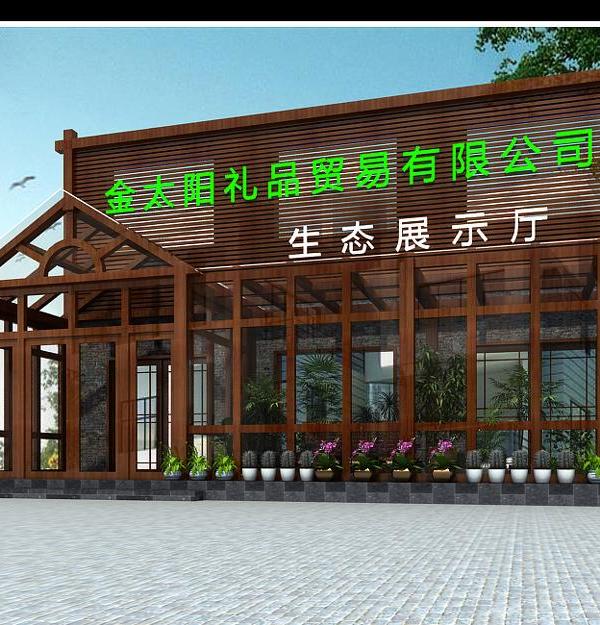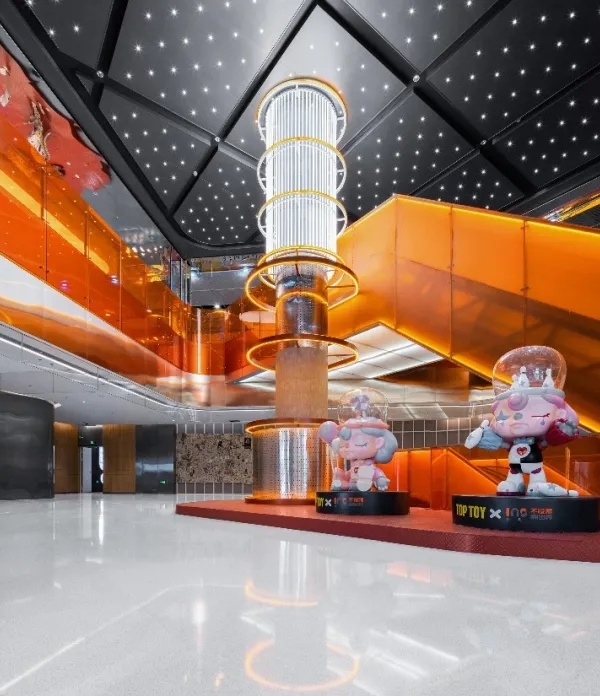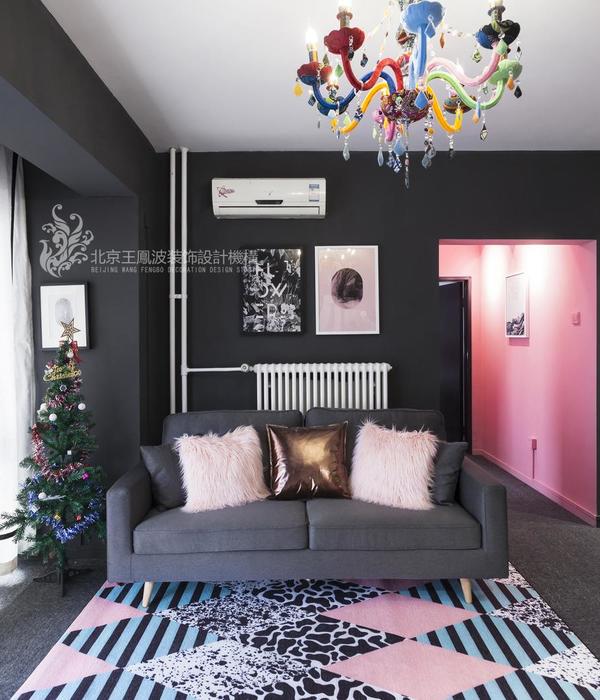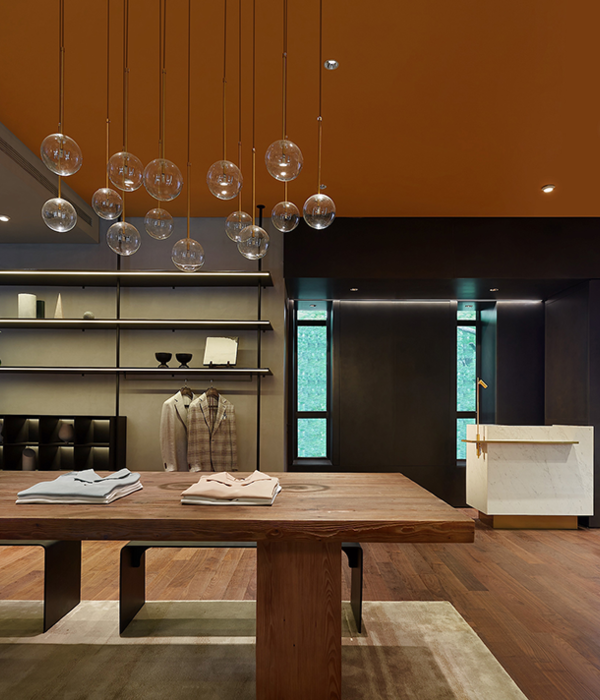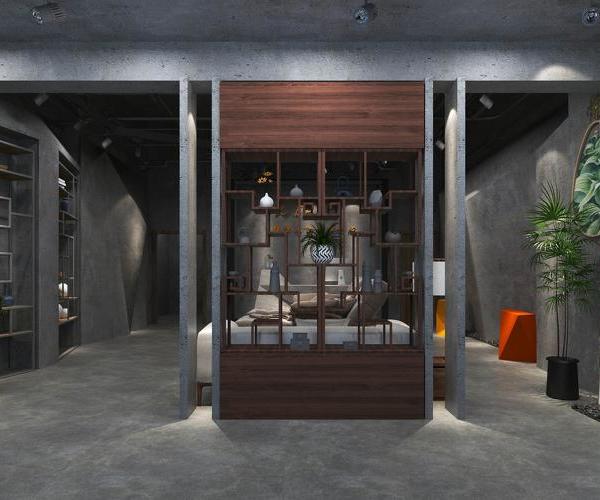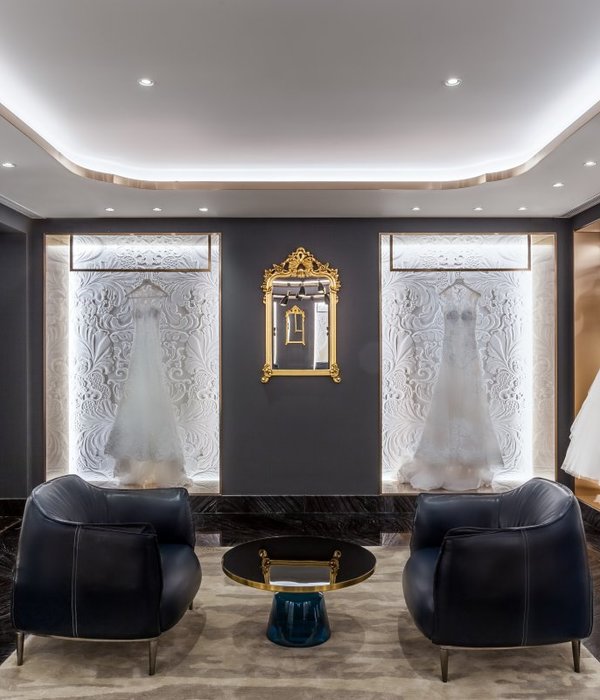Architects:Foster + Partners
Area :3000 m²
Year :2017
Photographs :Aaron Hargreaves / Foster + Partners
Manufacturers : Banker WireBanker Wire
Structural Consultant :Abstruct Consulting
Lighting Consultant :Lighting Design International
Landscape Consultant :Randle Siddeley
Mechanical & Electrical Consultant :Lehding Services Design
Main Contractor :WFC
Architect In Charge : Foster + Partners
Design Team : Grant Brooker, Mike Holland, David Kong, Bob Ramsden, James White, Stefan Bench, Sarah Wai, Adrian Weidmann, Jennifer Booth, Harry Owen, Michael Rush
Cost Consultant : A.J.Carter Construction Consultants
Me Consultant : Lehding Services Design
Market Stalls, Furniture + Planters : Benchmark
Anchor Stalls : Factory Settings
City : London
Country : United Kingdom
The practice has designed, “The Kitchens”, a new food island at the heart of the market that celebrates London’s most exciting new culinary talent. Made with a prefabricated modular steel frame, the food units have a neutral material palette that is sympathetic to the surroundings – the glossy cracked tile interiors being reflective of the glazed Victorian bricks predominant in the Spitalfields area, and the base made from ash timber continuing the visual connection to the market stalls. The materials were carefully selected, the mesh screen, brass signage, concrete counter-tops, and light fittings all have an industrial character that echoes the old Victorian market structure. Customers have a complete view of the food being prepared in the individual fully-equipped food units adding to the theatre of their dining experience. Countertops incorporate stools during less busy times to further social interaction, breaking down the barrier between the customers and chefs to create a more intimate dining experience.
The design also features completely redesigned market stalls, arranged around The Kitchens. Given the variety of products on offer, following a different theme each day of the week, the challenge was to offer a sense of coherence to the market stalls. They also needed to be flexible and versatile to display diverse merchandise in a range of layouts. Designed as modular objects, the new stalls can be orientated and combined to suit different product displays. From over-the-counter to u-shaped configurations, with multiple racks and shelving, they are customisable by each retailer and set up for their individual needs. They incorporate storage at the base, also integrating electrical connections and lighting. In the evenings, they can be easily folded up and stored elsewhere if space is required for events, or used as partitions to create spaces or used as tables for dining.
Materiality of the stalls was an important consideration, and the design of the stalls is inspired by the original architecture of the old market, and the construction tools that were used at the time. The idea was to use solid materials that will withstand the daily rigors of the market, and those that will age well, gradually acquiring a rich patina over the years. The ash timber frames have a light appearance which will darken over time, while the hinge details, trims, hanging rail and accessories are made in brass, which develops a beautiful dark finish as the metal oxidises.
There are four larger anchor stalls with aluminium frames that have been placed specifically along the sightlines from the entry points into the market to attract visitors into the main market space. The practice has also designed new bespoke benches and tables for the market with oak timber and a steel frame.
▼项目更多图片
{{item.text_origin}}

